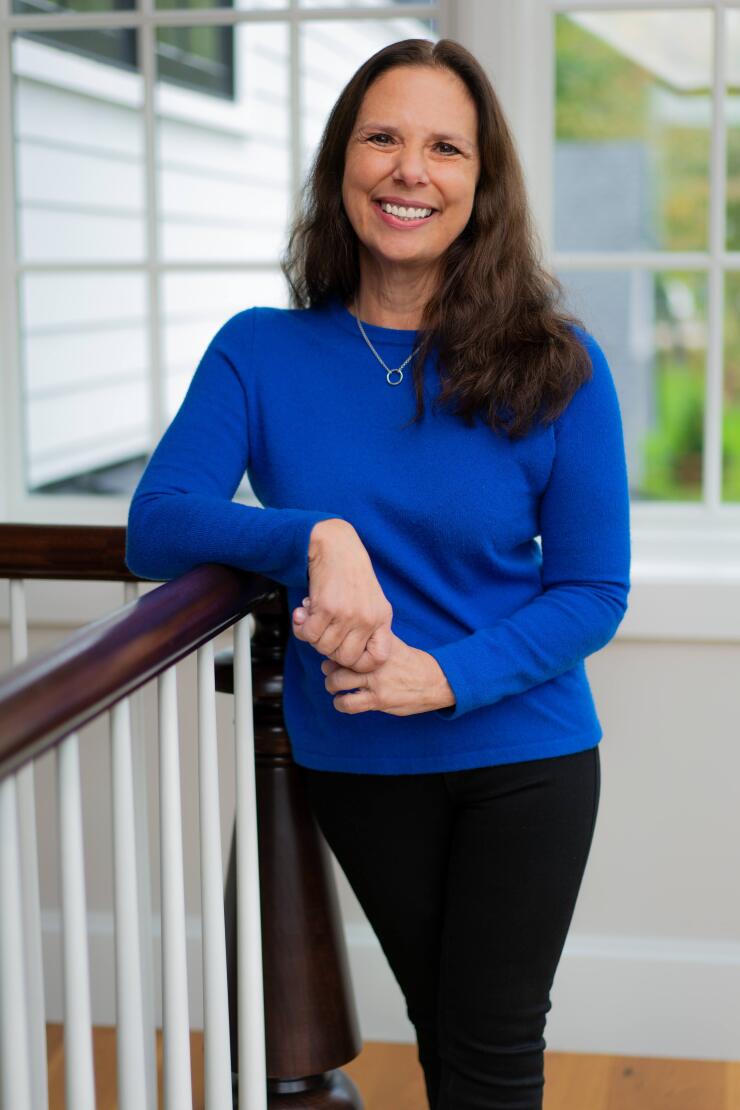In 1984, Laurie Branch left a position at Procter & Gamble to take a CFO job at Iroquois Group, an agency located in the small New York southern tier city of Olean with a two-state, 50-member network. Today, as CEO, she oversees a 48-state, 2,400-member network of agencies writing $2 billion in business.
Branch has been able to steward her company through the last 30 years of upheaval in insurance by focusing on the value that agents offer and enhancing that through technology when applicable. She’s also avoided concern with the disintermediation that was predicted for the agent channel along the way.

“The independent agency system seems to be fairly resilient,” she says. “It seems simple when you're first a renter, but by the time you get to the stage in life where you've got a home, you've got kids, you've got more than one car that’s a little bit more complicated than you want to handle on your own. And so I think that's why consumers like having a trusted advisor in their local insurance agent who can walk them through getting the right coverage.”
Branch did her Ph. D. work in organizational change, which came in handy when the COVID-19 pandemic hit. She led the company through a transformation to a Microsoft Teams virtual environment that is still in place. Field agents were also given more digital tools to keep their customer interactions live during the social-distancing era.
“It’s the processing versus the sale. Those are two very different things, and insurtech can bring a whole lot of value to the processing part, which can enable more selling and proactive work,” she explains. “It is hard to come by a good customer service rep right now. You don't want them typing in address changes. You want them actually helping people understand their coverages or upselling them. So I would jettison all of the work that doesn't add value somewhere along the line.”
Branch has stayed on top of digital evolution through her work as an adjunct professor at Olean’s St. Bonaventure University. There she teaches business analytics to undergrads and marketing analytics and communications analytics to grad students alike. The position also gives Branch an opportunity to evangelize on behalf of the insurance industry and recruit.
“I had to demonstrate how a relational database worked the other day, so I used Iroquois as an example of showing how you'd create the tables and how they would be interrelated. So the students know way more about insurance perhaps than they ever wanted to, but we've done a good job at converting our top students into interns and our top interns into employees,” she says.






